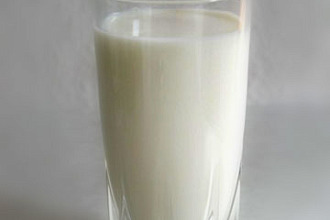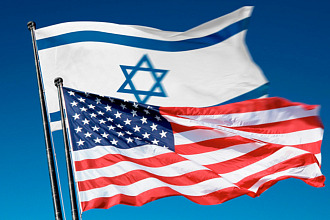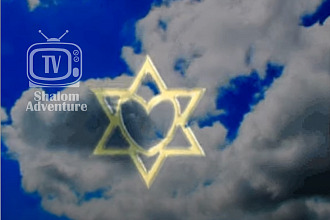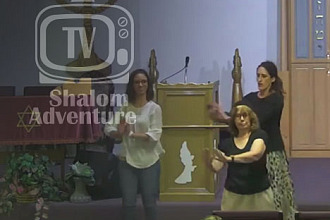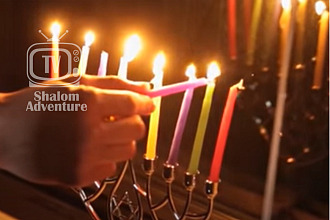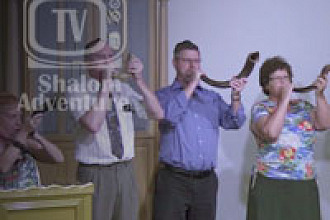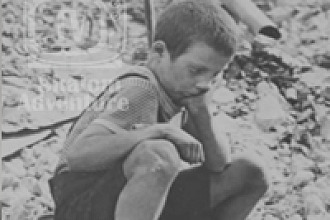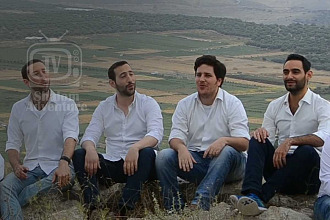Tisha B’Av may not be as well known as say the Passover or High Holy Days. So what exactly is this day?
Tisha B’Av has become a day of general commemoration - it has hovered up other sorrows over time - but at its heart is mourning for the destruction of the two Temples – in 586 BCE and 70 CE by the Babylonians and Romans respectively. Its primary ritual is the reading of Eicha - the Book of Lamentations - composed in the midst of the destruction of Jerusalem in 586 BCE,” as one rabbi described Tisha B’Av to his congregation:
“Now I do not in any way want to downplay the horror of the sackings of Jerusalem. These were events of a horror that, until the twentieth century, was unparalleled in Jewish history. There is a very real sorrow to Tisha B’Av that comes from the nature of the events it commemorates – not dissimilar to the role that Yom HaShoah now plays for us.”
Another rabbi blogged on the history of what Tisha B’Av is about and the significance to the Jewish people down through the ages, and concluded with the following sentiments:
“This Tisha B’Av the Jewish people and the nation of Israel again will be mourning the loss of Jewish life. May we have the courage and the faith to know that we are stronger than our enemies, that bigotry and hatred will not destroy us. We will mourn our losses past and present, but we will also write the next chapter of our people’s story.”



